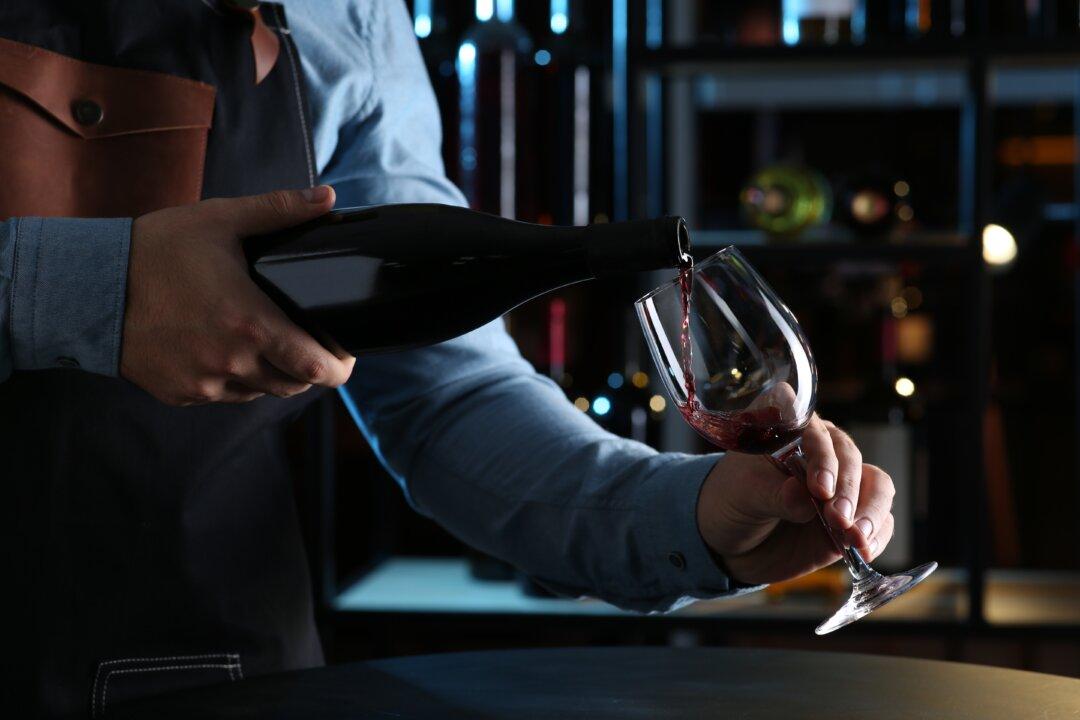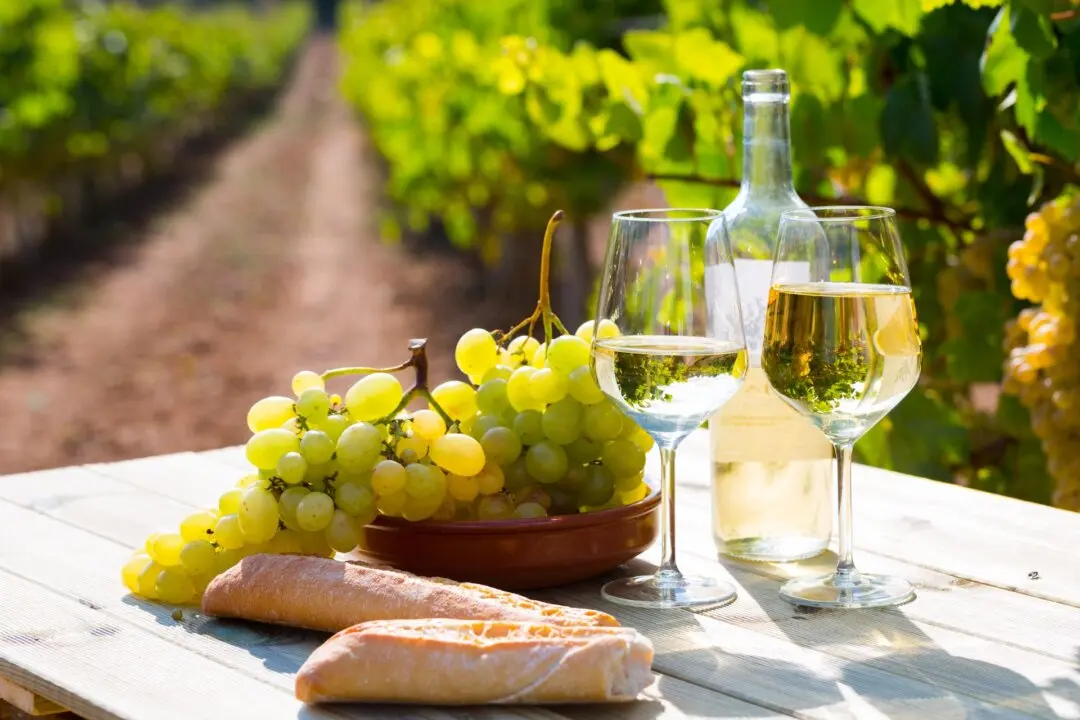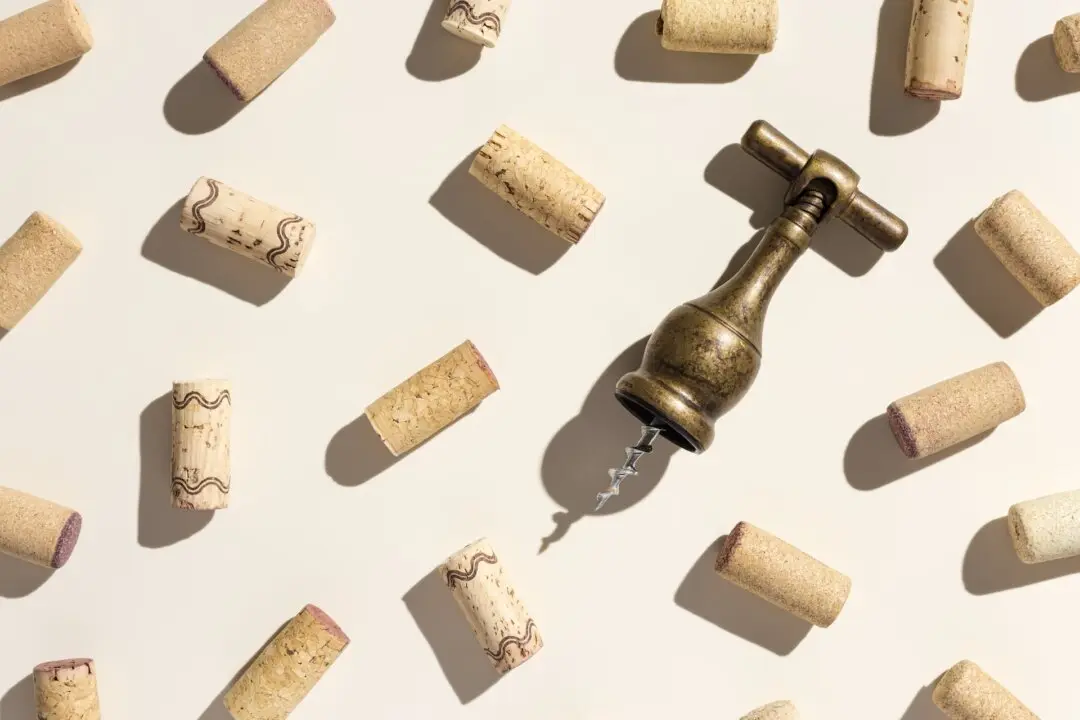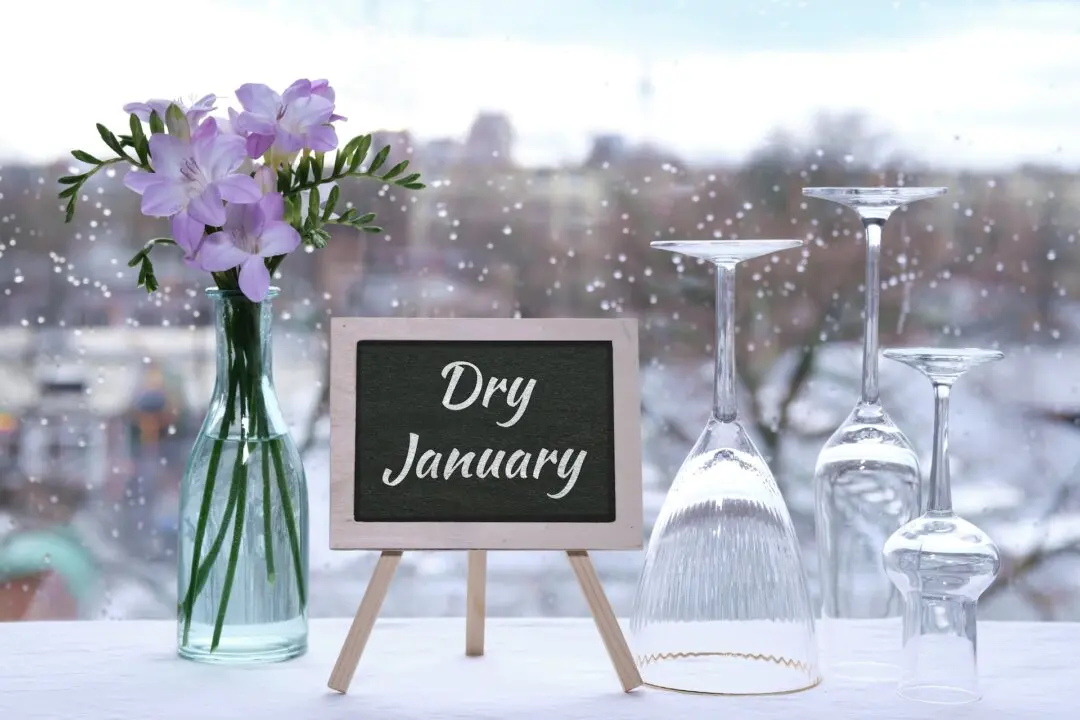It has been a while since I saw a winemaker as upset as Peter Mathis was last week during a luncheon we had at a cafe that had no air conditioning.
Peter has been involved in winemaking for decades dating to his experiences long ago at Ravenswood. Today he farms red wine grapes in Sonoma Valley. And he’s not shy about stating his opinions.





